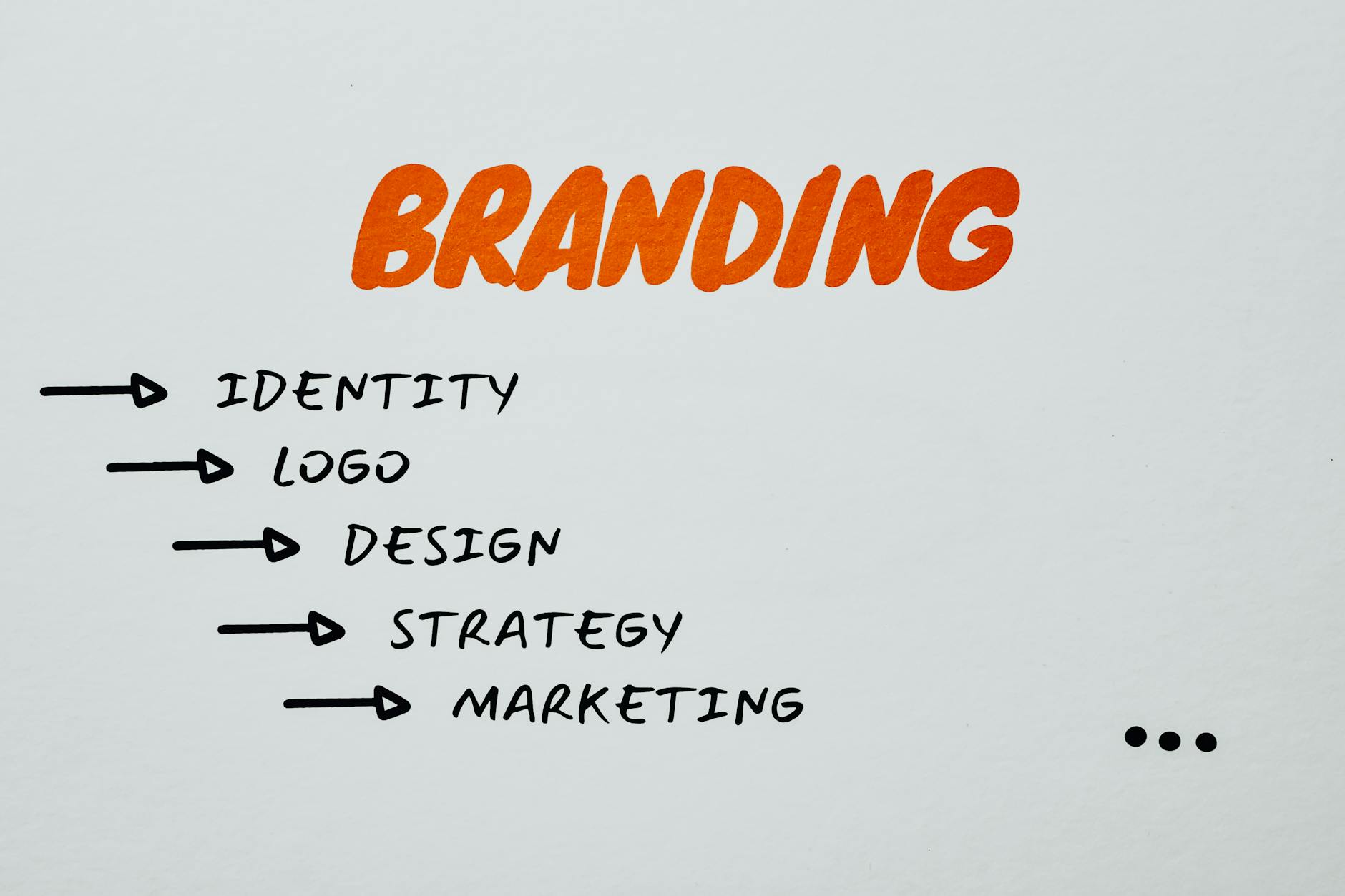 |
Tips for Designing a Great Logo for Your Brand
Logos are everywhere. From soda cans to storefronts, logos define how people recognize and remember brands. A well-crafted logo is more than just design—it’s your brand's first impression, a visual signature. That’s why getting it right is essential. If you're thinking about designing a logo, or refining an existing one, here’s a guide to help you create something impactful, memorable, and versatile.
Understand Your Brand Identity
Before designing a logo, you need to know what your brand stands for. Your logo will be the visual expression of your mission, values, and personality.
Define Core Values
What drives your business? Honesty, innovation, simplicity? Your core values dictate the tone of your logo. For example, a tech company prioritizing innovation may opt for sleek, futuristic designs, while a local bakery might lean toward warm, welcoming styles. Write down your values—they’re the foundation for your design.
Target Audience
Who are you trying to reach? The design choices you make should resonate with your audience. Think about the demographic. A playful font and vibrant color might attract young audiences but could feel unprofessional for corporate sectors. Knowing your ideal customer helps focus your creative decisions.
 |
Photo by Eva Bronzini
Key Elements of Effective Logo Design
Effective logos often share key characteristics. From simplicity to color balance, these elements build logos that leave lasting impressions.
Simplicity is Key
Think of Nike’s swoosh or Apple’s bitten apple. Simple logos are easy to recognize and remember, even at a glance. Avoid cramming too many elements into your design—it can confuse rather than captivate. Minimalism often conveys professionalism, too.
Color Psychology
Colors evoke feelings. Red can suggest energy or passion, blue trust and calmness, while green symbolizes nature and growth. But it’s not just about the emotions; consider cultural meanings and trends within your industry. Keep your palette limited—a logo with one to three colors tends to look polished and cohesive.
Typography Choices
Fonts matter. They’re not just letters—they’re a reflection of your brand. A clean sans-serif font suggests modernity and precision, while serif fonts feel traditional and trustworthy. Avoid using too many typefaces; a single, well-chosen font is better than a chaotic mix.
Creating Versatile Designs
Logos appear everywhere—from social media profiles to billboards. To thrive, your design must adapt seamlessly.
Scalability
Imagine shrinking your logo for a business card or enlarging it for vehicle wraps. Does it still look sharp? Creating the logo in vector format ensures it scales without losing clarity. Test the design at different sizes to confirm its versatility.
Adaptability for Various Uses
Your logo should work across digital platforms and physical materials. It should look as good on a dark background as it does on a light one, and even in black-and-white. Flexibility in formatting means your logo fits any situation flawlessly.
Testing and Feedback
Never skip feedback. Testing your logo with others often highlights strengths—or oversights—you missed.
Conducting User Testing
Gather opinions from those outside your design team. Ask potential customers or unrelated individuals what your logo conveys. Does it align with your brand identity? Honest opinions help reveal whether your design connects with your target audience.
Iterative Design Process
Rarely is a logo perfect on the first draft. Be willing to refine. Adjust colors, fonts, and spacing until everything feels right. Revisiting drafts may seem tedious but often leads to stronger, more effective designs.
 |
Conclusion
A great logo isn’t born overnight—it’s carefully crafted with thought, intent, and consistency. Focus on simplicity, scalability, and emotional impact. Always keep your brand and audience in mind. By following these tips, you’ll be on your way to creating a logo that truly stands out and reflects your brand at its best.
Remember, a logo introduces your brand before you say a word. Make it count!







0 Comments